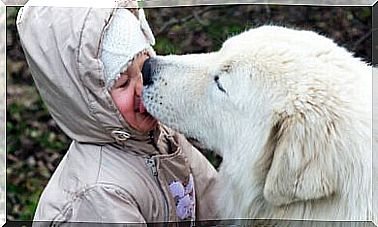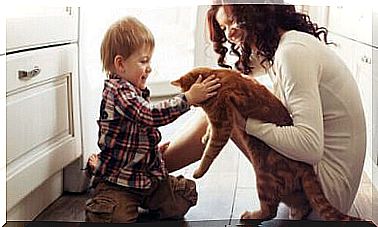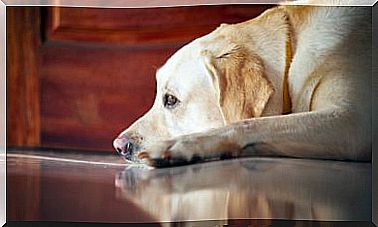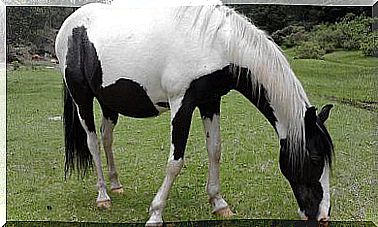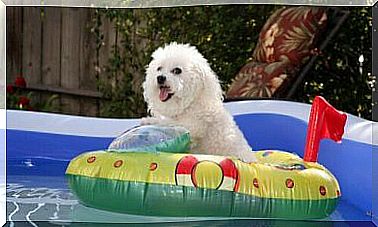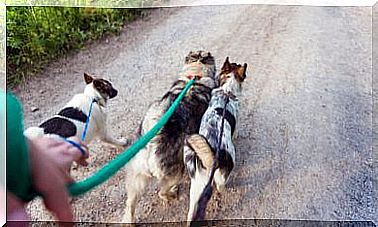Special Installations For Elephants In Captivity

Captive breeding of wild animals has been a common practice for generations. This is especially the case with elephants, animals particularly admired for their beauty, size, strength and intelligence. Breeding centers or zoos competing for them need all kinds of special elephant facilities.
The needs and abilities of animals of this size put a strain on the designers who have the task of designing the buildings that house them. Everything must be taken into account: from the height of the ceilings to the strength of the materials.
Special installations for captive elephants
What heights are we talking about?
Adult males of African elephants can measure over 6 meters. And, if space permits, they sometimes lift up on their hind legs. Consequently, a structure intended to contain one of these animals must reach a minimum height of 7.5 meters.
This means that any light, fan, cable, surveillance camera or element that has some fragility must be placed from this height. These items, if they are placed at a height of less than 7 meters, are in danger and must therefore be protected by a metal structure.
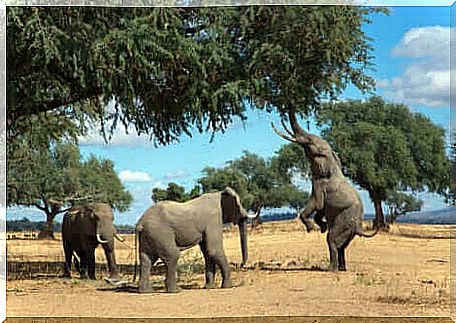
And what happens at the doors?
Throughout history, different types of doors (and systems to allow their movement) have been designed with the needs of captive animals in mind. The key aspects to take into account in the case of elephants are the following:
- The strength of the material.
- The speed of opening and closing the door.
- The control exercised by the operator on the opening and closing movements.
In addition, the door, if it is made of a solid and opaque material, does not allow visual or tactile contact with other elephants. Allowing this contact, so necessary for any sociable animal, is a major structural challenge.
Special installations for elephants. Door types: advantages and disadvantages
If we refer to the door design itself, we have two options:
- A door equipped with horizontal bars, which could encourage the animal to try to climb or lean on it: this structure could break or harm the elephant.
- A door equipped with vertical bars, which must be able to resist lateral movements of the elephant’s head, trunk or trunk.
Regarding the mechanism that allows the movement of the door (hydraulic, pneumatic, electric or manual), it usually depends on the funds available. Hydraulic doors, for example, must use fluids that are safe for the animal, such as non-toxic vegetable oils or petroleum derivatives.
What problems can poorly designed doors cause us?
Many elephants have suffered damage to the trunk, becoming trapped when closing a door, especially in the hydraulic ones. It is essential that the complete closing movement of any door is visible to the operator, in order to guarantee the safety of the animal.
It is also strongly recommended that protocols be established to train elephants to cross them to prevent them from being injured. After all, these are behaviors that are easy to teach and that give a lot of safety to both the animal and the operator.
Restraint and restraint devices for elephants
Restraining elephants is a key part of their captive breeding and housing process. These animals must be trained to accept immobilization, whatever method is employed. In particular, because it is of fundamental importance to keep them immobilized properly during any health or general management activity.
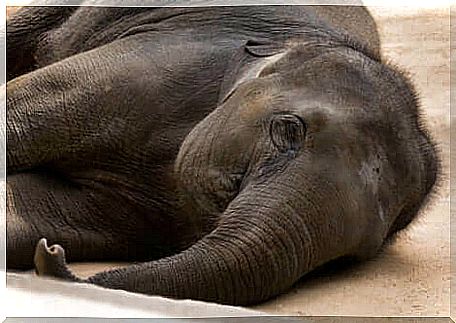
Special installations for elephants: mobile transport devices
There are two basic possibilities for restraint during transport: containers and trailers. In the first case, the elephants are loaded free in individual containers which are then placed in the means of transport. In the second case, the elephant must be well immobilized inside the trailer.
The secret of success, the same valid for solving the problem we have seen previously, consists in conditioning the elephant in advance to remain inside the means of transport. The more comfortable the elephant is in this place, the less stress will be felt during handling.


